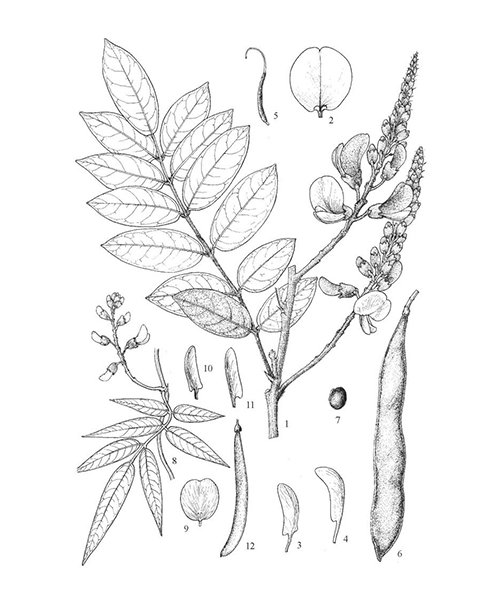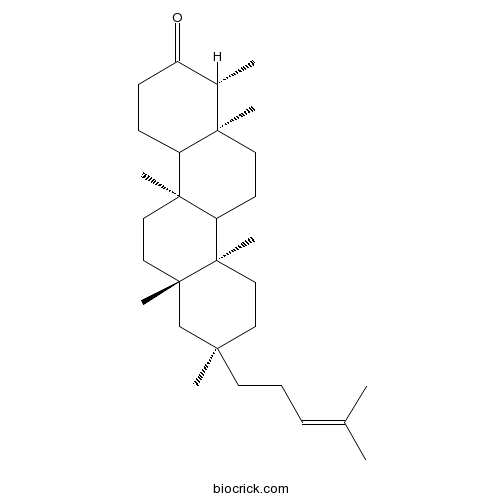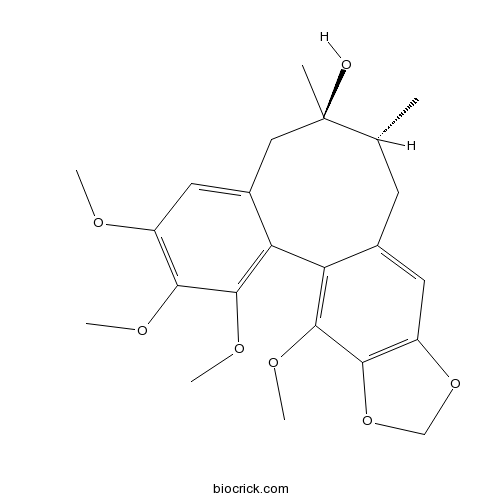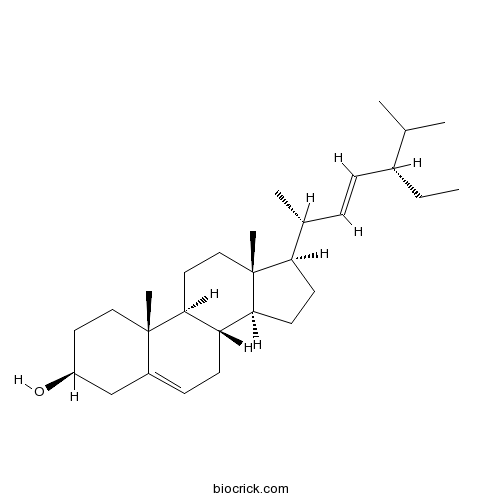Callerya speciosa
Callerya speciosa
1. The products in our compound library are selected from thousands of unique natural products; 2. It has the characteristics of diverse structure, diverse sources and wide coverage of activities; 3. Provide information on the activity of products from major journals, patents and research reports around the world, providing theoretical direction and research basis for further research and screening; 4. Free combination according to the type, source, target and disease of natural product; 5. The compound powder is placed in a covered tube and then discharged into a 10 x 10 cryostat; 6. Transport in ice pack or dry ice pack. Please store it at -20 °C as soon as possible after receiving the product, and use it as soon as possible after opening.

Natural products/compounds from Callerya speciosa
- Cat.No. Product Name CAS Number COA
-
BCN1274
Shionone10376-48-4
Instructions

-
BCN8346
6- Methoxydihydrosanguinarine151890-26-5
Instructions

-
BCN1236
Maackiain19908-48-6
Instructions

-
BCN2324
Nardosinone23720-80-1
Instructions

-
BCN1061
Formononetin485-72-3
Instructions

-
BCN2775
Hypaphorine487-58-1
Instructions

-
BCN1019
Tectorigenin548-77-6
Instructions

-
BCN5946
Liquiritigenin578-86-9
Instructions

-
BCN5794
Gomisin A58546-54-6
Instructions

-
BCN6332
Licochalcone A58749-22-7
Instructions

-
BCN2200
DL-alpha-Tocopherol59-02-9
Instructions

-
BCN4219
Psoralen66-97-7
Instructions

-
BCN4376
Stigmasterol83-48-7
Instructions

Cell shape can be uncoupled from formononetin induction in a novel cell line from Callerya speciosa.[Pubmed: 29354881]
It is the first time that formononetin produced by cell culture and its accumulation was shown to be triggered by specific stress signalling linked jasmonate pathway. Callerya speciosa, an endangered traditional Chinese medicine plant, is intensively used in traditional folk medicine. To develop sustainable alternatives for the overexploitation of natural resources, a suspension cell line was created from C. speciosa. Ingredients of C. speciosa, for instance the isoflavone formononetin, are formed during a peculiar swelling response of the root, which is considered as a quality trait for commercial application. A cell strain with elongated cells was obtained by using synthetic cytokinin 6-benzylaminopurine (6-BA) and synthetic auxin picloram. Both, picloram and 6-BA, promote cell division, whereas picloram was shown to be crucial for the maintenance of axial cell expansion. We addressed the question, whether the loss of axiality observed in the maturating root is necessary and sufficient for the accumulation of formononetin. While we were able to mimic a loss of axiality for cell expansion, either by specific combinations of 6-BA and picloram, or by treatment with the anti-microtubular compound oryzalin, formononetin was not detectable. However, formononetin could be induced by the stress hormone methyl jasmonate (MeJA), as well as by the bacterial elicitor flagellin peptide (flg22), but not by a necrosis inducing protein. Combined the fact that none of these treatments induced the loss of axiality, we conclude that formononetin accumulates in response to basal defence and unrelated with cell swelling.
Transcriptome Analysis of Storage Roots and Fibrous Roots of the Traditional Medicinal Herb Callerya speciosa (Champ.) ScHot.[Pubmed: 27486800]
Callerya speciosa (Champ.) ScHot is a woody perennial plant in Fabaceae, the roots of which are used medicinally. The storage roots of C. speciosa are derived from fibrous roots, but not all fibrous roots can develop into storage roots. To detect key genes involved in storage roots formation, we performed Illumina sequencing of the C. speciosa storage roots and fibrous roots. De novo assembly resulted in 161,926 unigenes, which were subsequently annotated by BLAST, GO and KEGG analyses. After expression profiling, 4538 differentially expressed genes were identified. The KEGG pathway enrichment analysis revealed changes in the biosynthesis of cytokinin, phenylpropanoid, starch, sucrose, flavone and other secondary metabolites. Transcription factor-related differentially expressed genes (DEGs) were also identified, including such gene families as GRAS, COL, MIKC, ERF, LBD, and NAC. The DEGs related to light signaling, starch, sugar, photohormones and cell wall-loosening might be involved in the formation of storage roots. This study provides the first transcriptome profiling of C. speciosa roots, data that will facilitate future research of root development and metabolites with medicinal value as well as the breeding of C. speciosa.


